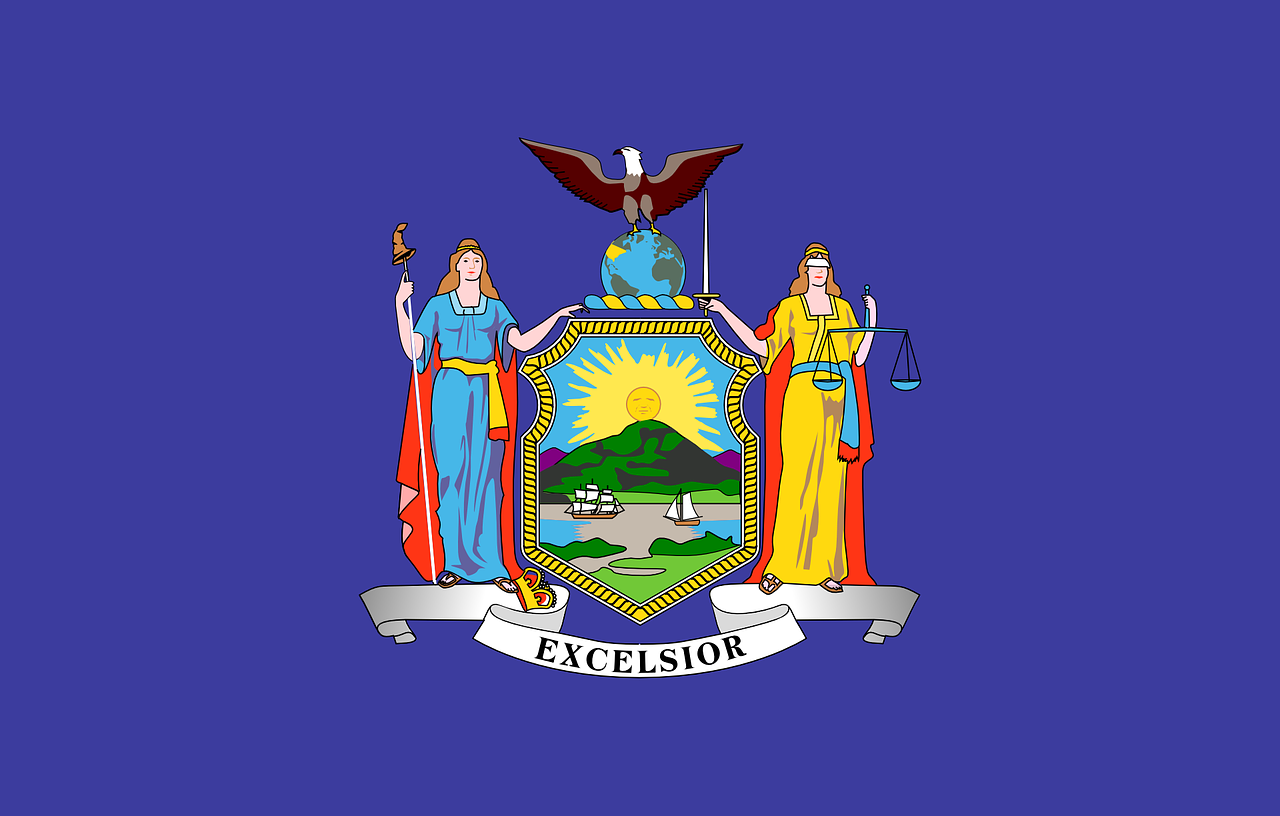New York governor’s budget bill increases November bond measure from $3 billion to $4.2 billion
New York Gov. Kathy Hochul (D) signed budget legislation on April 9 that increased a statewide bond measure from $3 billion to $4.2 billion. Titled the Clean Water, Clean Air, and Green Jobs Environmental Bond Act, the ballot measure would require the bond revenue to be divided between projects classified as climate change mitigation, flood-risk reduction, water infrastructure, and land conservation and recreation. In 2021, the state Legislature voted to put the measure on the ballot for Nov. 8, 2022. Former Gov. Andrew Cuomo (D) first called for the bond measure in his 2020 State of the State Address.
The revised ballot measure would require that bond issue revenue be distributed as follows:
- up to $1.50 billion for air and water pollution reduction projects; wetland protections to address sea-level rise, storm surge, and flooding; relocating or retrofitting facilities; green building projects; solar arrays, heat pumps, and wind turbines in public low-income housing areas; zero-emission school buses; street trees and urban forest programs; green roofs and reflective roofs; and carbon sequestration on natural and working lands;
- at least $1.10 billion for flood-risk reduction, coastal and shoreline restoration, relocating and repairing flood-prone infrastructure and roadways, and ecological restoration projects;
- up to $650.00 million for land conservation and recreation plans, programs, and projects, as well as fish hatcheries;
- at least $650.00 million for projects related to wastewater, sewage, and septic infrastructure; lead service line replacement; riparian buffers; stormwater runoff reduction; agricultural nutrient runoff reduction; and addressing harmful algal blooms.
The ballot measure would provide that at least 35% of bond revenue must benefit disadvantaged communities. The Climate Justice Working Group, housed within the state Department of Environmental Conservation, is responsible for defining disadvantaged communities. The 13-member working group is required to consider socioeconomic criteria, pollution and environmental hazard, and areas vulnerable to flooding, storm surge, and urban heat island effects. A draft list of disadvantaged communities was released on March 9.
Besides the $1.2-billion increase in bond amount, the revisions require that at least $500 million be used to fund zero-emission school buses and supporting infrastructure, such as charging stations, as part of the state’s goal of having a 100% electric school bus fleet by 2035.
Both chambers of the state Legislature approved budget legislation, which contained the bond measure revisions, on April 8. In the Senate, the vote was 48-15, with Democrats and five Republicans supporting the budget bill. The other 15 Republicans opposed the bill. In the Assembly, the vote was 113-35. Of the 113 in favor, 101 were Democrats, 11 were Republicans, and one was a member of the Independence Party. Four Democrats and 31 Republicans opposed the bill in the Assembly.
New York voters last decided a statewide bond measure in 2014. Voters approved a $2-billion bond for education facilities and classroom equipment. Between 1990 and 2021, statewide ballots featured seven bond issues. Voters approved three (43%) of the bond issues. Voters rejected four (57%) of the bond issues.


